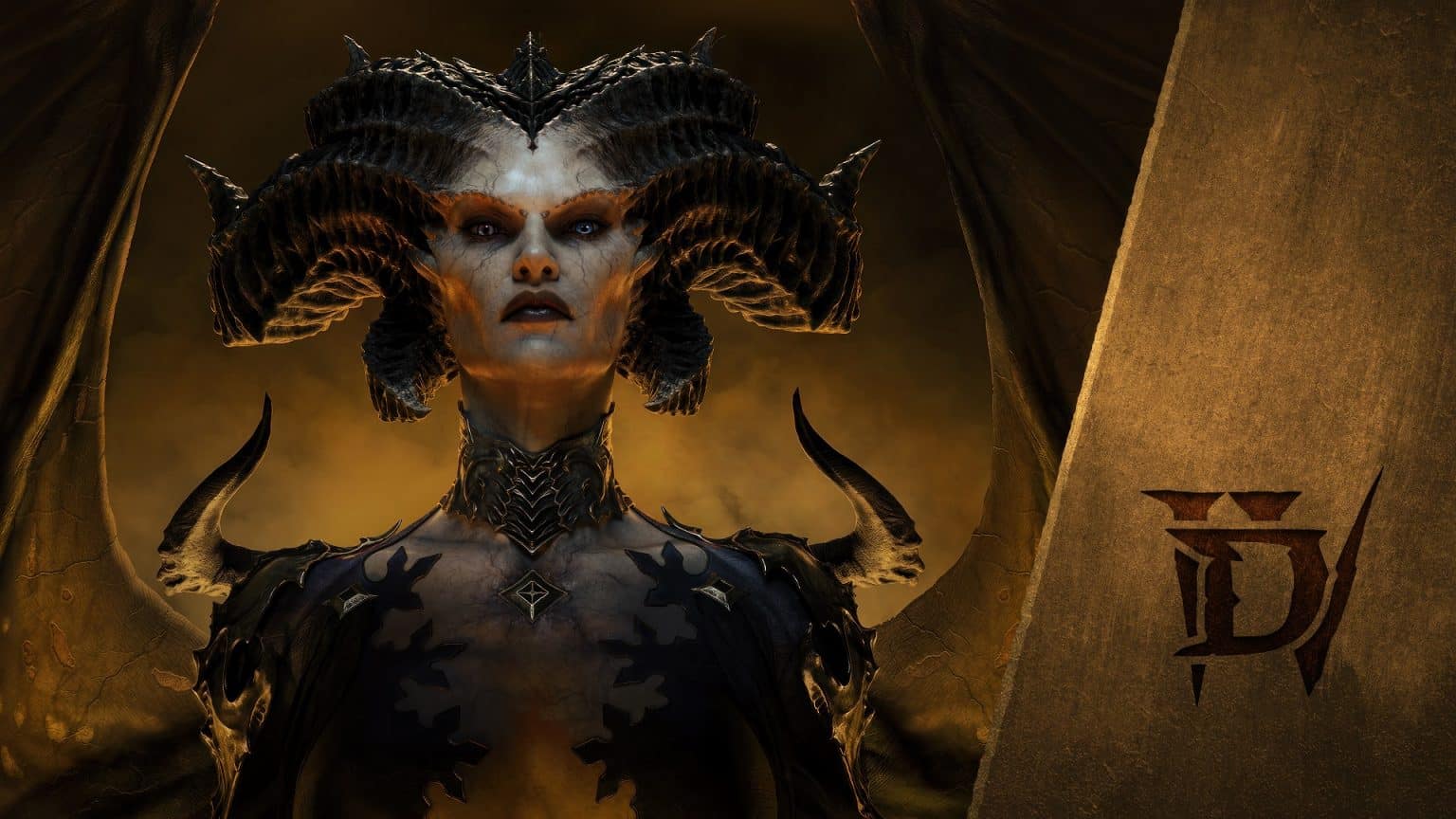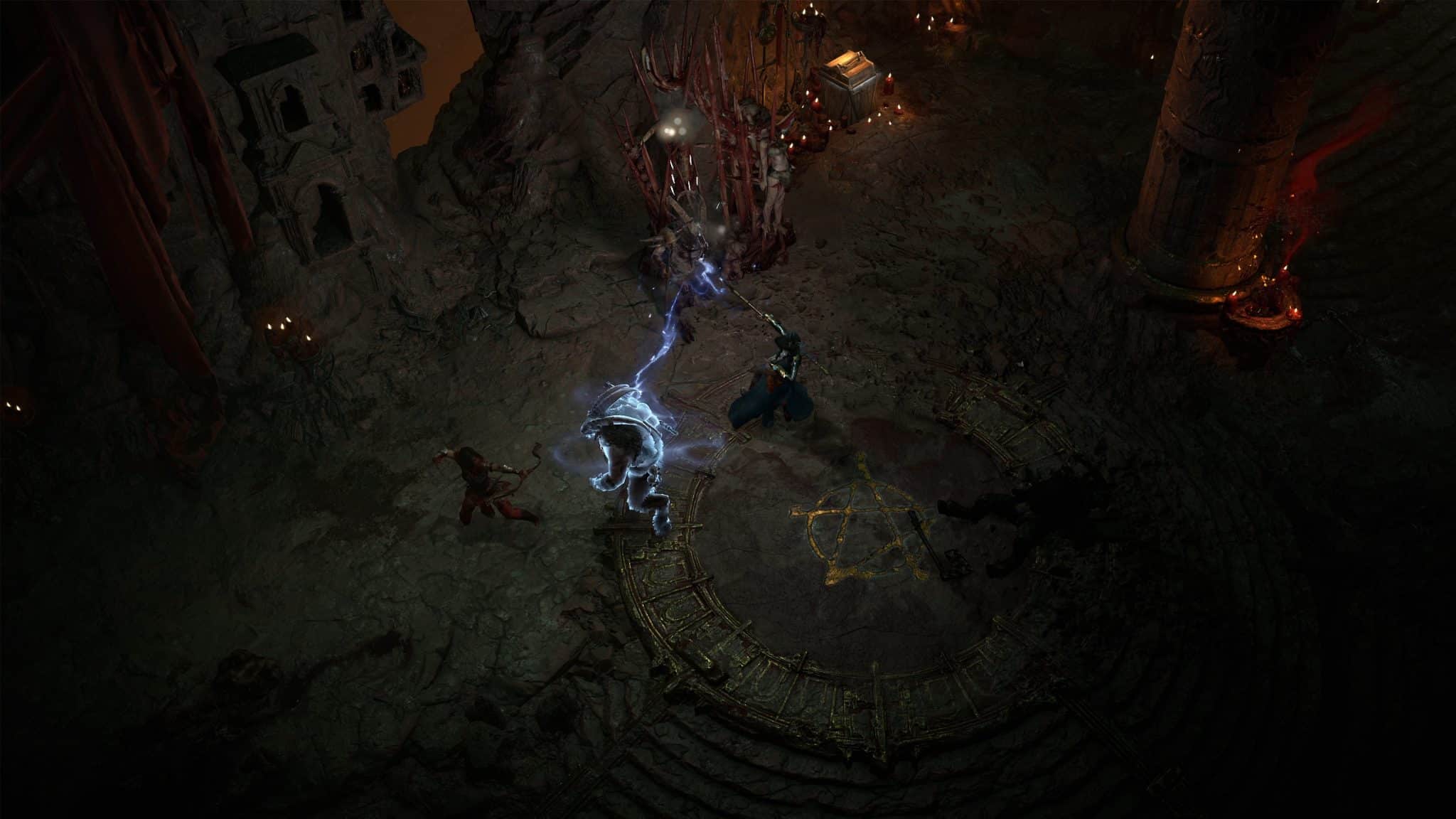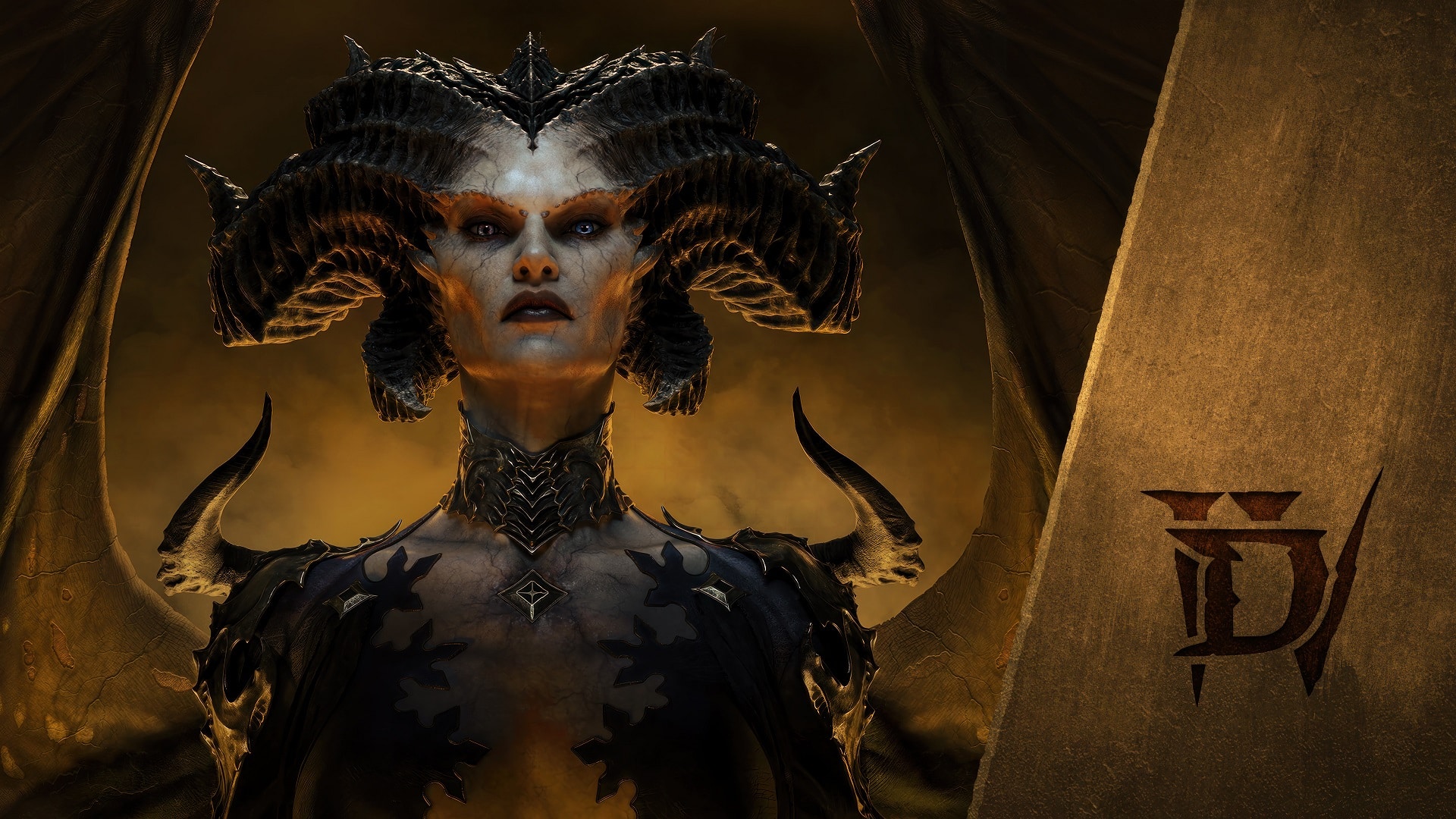Diablo 4 is an eagerly anticipated action role-playing game developed and published by Blizzard Entertainment. For avid fans of the series, it’s no secret that this fourth main entry in the Diablo series has undergone significant transformations and faced challenges during its development since 2014, including changes in direction under different leadership. Setting aside the tumultuous development and controversies surrounding Activision Blizzard, we present our impressions of the game from the Early Review Press Build after ten days of intense exploration.
Diablo 4 takes place 30 years after the events of Reaper of Souls in the third game. The game quickly establishes its premise through a stunning opening cinematic, introducing Lilith, the daughter of Mephisto as a malevolent force to reckon with. Lilith has returned, courtesy of a troublesome ritual, and it falls upon the player character to stop her, aided by various intriguing but ill-fated companions.
Diablo 4’s story can be as intricate or straightforward as you desire, offering a sprawling narrative of human greed and demonic rebellion or a shortcut to skip the dialogue and enjoy impressive cutscenes. Diablo 4 offers a main campaign that weaves a suitably dramatic story throughout its vast map. It has always been challenging to fully engage with a Diablo narrative in the past, especially when the addictive action takes precedence. One positive aspect is that prior knowledge of past demonic adversaries or lore is unnecessary to enjoy Diablo 4.
The game’s first act allows you to explore a substantial initial area and encounter key characters while uncovering Lilith’s intentions. Blizzard has invested significant resources into in-game cutscenes, resulting in the most cinematic experience the series has ever offered. The storytelling has significantly improved, employing more impressive in-engine cutscenes, featuring your character’s customizable appearance and armor and showcasing a range of emotions.
Although Blizzard’s pre-rendered cinematics are unrivaled in quality, the immersion achieved through experiencing Diablo 4’s early hours with your character is a welcome addition. From a technical standpoint, Diablo 4 represents a significant leap forward, even if certain elements may feel familiar to those who spent hours playing Diablo 3.
As a wandering character, traversing snowy landscapes and swamps makes you feel like an explorer. The world is divided into zones, seamlessly connected with towns and villages scattered in between. Diablo 4’s open world offers a combination of freedom and an oppressive atmosphere. Embarking on a journey to locate elusive objectives while battling hordes of monsters adds excitement, especially since the map gradually unfolds as you progress. Despite the theme of decay and despair, the game manages to be visually stunning, leaving you eager to discover more of Sanctuary’s beauty.
Optional dungeons and side quests can easily lead you astray for hours. Although dungeons and enemies may seem repetitive, the addictive nature of Diablo is ever-present, with loot drops providing an irresistible allure and the opportunity to modify armor appearances without restrictions as long as one piece has been salvaged to unlock its design. This newfound flexibility in fashion choices will undoubtedly incentivize you to invest time in grinding for their desired aesthetics.
However, one aspect that cannot be ignored is that the game requires a constant online connection, which presents some notable drawbacks. Exiting the game session also becomes imprecise, lacking a manual save option, which means restarting may result in inconsistent progress. These issues can be frustrating and make a dedicated offline mode desirable for uninterrupted gameplay.
On the other hand, the online integration also facilitates seamless co-op gameplay and supports local multiplayer. The conflict between the offline dungeon-crawler experience and the online community is apparent, with Blizzard leaning towards the latter to have other players actively engaged and in-game events to partake in for better rewards. However, the true assessment of how well this balance is achieved will depend on the game’s performance at launch.
Past Diablo titles revolved around dynamic dungeons, where players’ character builds were tested, and completing them rewarded with powerful equipment. Engaging gameplay in these dungeons is crucial, even during multiple daily runs. The concept of a shared world in Diablo 4 raises mixed feelings. Although it is possible to play the game solo, I think this game is best played with friends. The inclusion of world events in Diablo 4 adds an element of cooperation and teamwork, as players are encouraged to join forces to defeat strong enemies or complete challenges.
Despite some technical annoyances, these did not hinder me from investing several hours into Diablo 4 over the course of two weeks. Diablo is returning to its peak potential, with the gameplay experience streamlined and enhanced. The hack-and-slash combat is exceptionally satisfying, featuring cooldown management and the discovery of synergies between abilities.
Skill trees in Diablo 4, while visually appealing, is also easy to comprehend. The skill tree has been redesigned for easy navigation, allowing effortless reassignment for new character builds and experimentation. With multiple classes to explore, there is a wealth of mechanics to master. Some skills across all classes overshadow others, leading to underwhelming character builds. Certain classes, like the Necromancer feels straightforward and powerful from the start.
Moreover, relying on legendary weapons and armor for effective character builds is a double-edged sword. While they can be crucial in shaping playstyles, they may also restrict players, pushing them toward certain playstyles instead of forging their own paths based on preferred skills. Finding the right balance in this regard will be essential to avoid previous concerns surrounding reliance on legendaries especially during early-game.
With my thorough exploration and completionist tendencies, combined with the level cap and story limitations, players can look forward to the Paragon system in Diablo 4. Although it may appear challenging at first, its possibilities are boundless once mastered. This innovative feature breaks the traditional level cap, offering unprecedented power. Each Paragon level attained unlocks impressive bonuses, enhancing your abilities and delivering thrilling gameplay. With the Paragon system as your creative outlet, you can explore diverse character builds and discover your ideal playstyle.
I also appreciate the user-friendly improvements in Diablo 4. Including an emote wheel, which allows instant teleportation out of dungeons, and the convenience of swiftly returning to town and resuming dungeon exploration or visiting vendors and blacksmiths, add to the overall positive experience. And unlike its predecessors, I find that dungeon maps are more modular, allowing players ease in navigation without easily getting lost or repeating previously visited areas.
Diablo 4 presents an epic and visually stunning adventure, enveloping players in a cinematic journey through its immersive open-world. While some areas, like repetitive dungeons and class imbalances, leave room for improvement, Blizzard has laid a solid groundwork that sparks excitement for further exploration of the vast realm of Sanctuary. The game’s ultimate success will hinge upon its performance at launch, which will truly determine the full extent of Diablo 4’s success.










